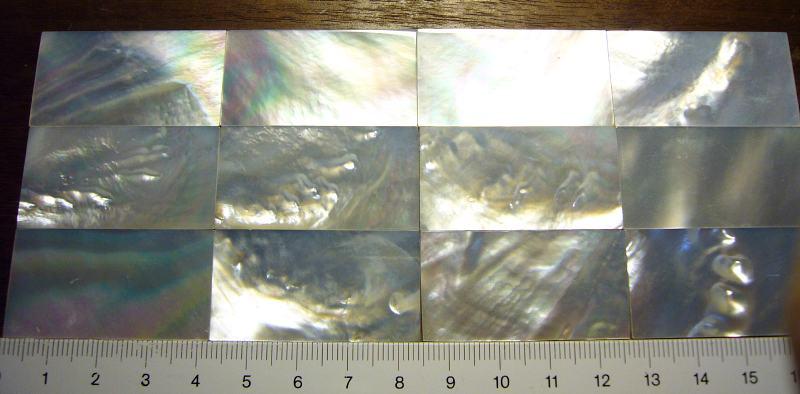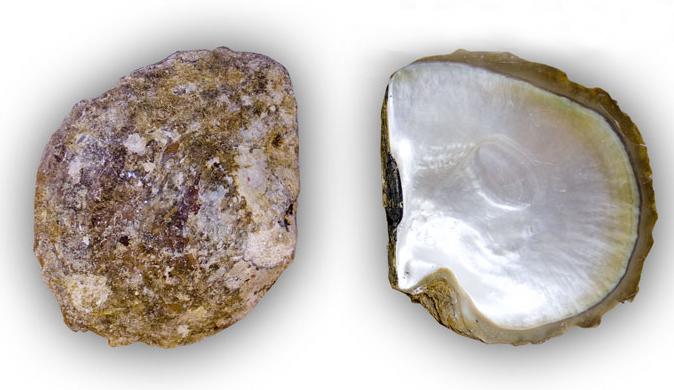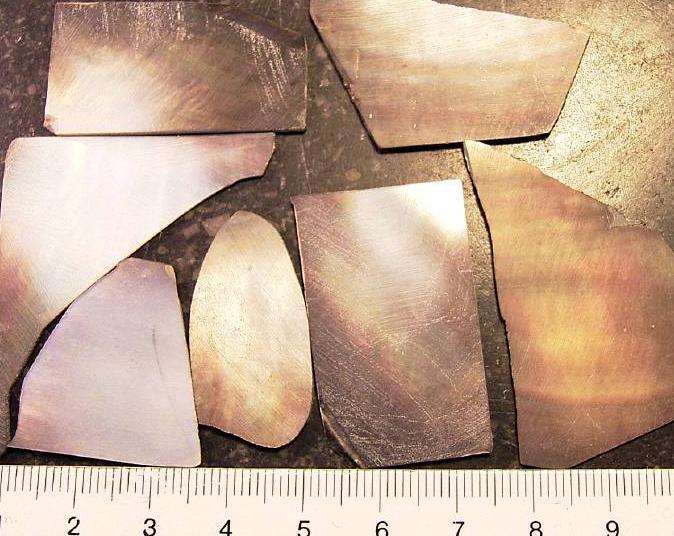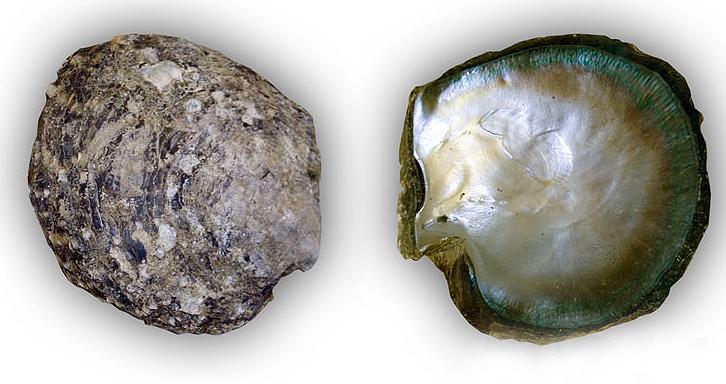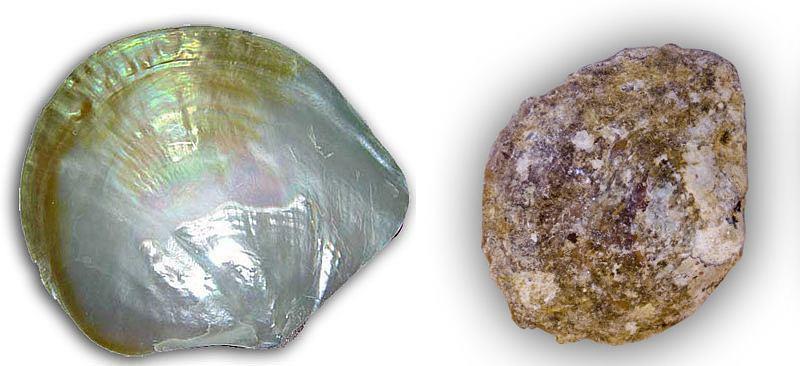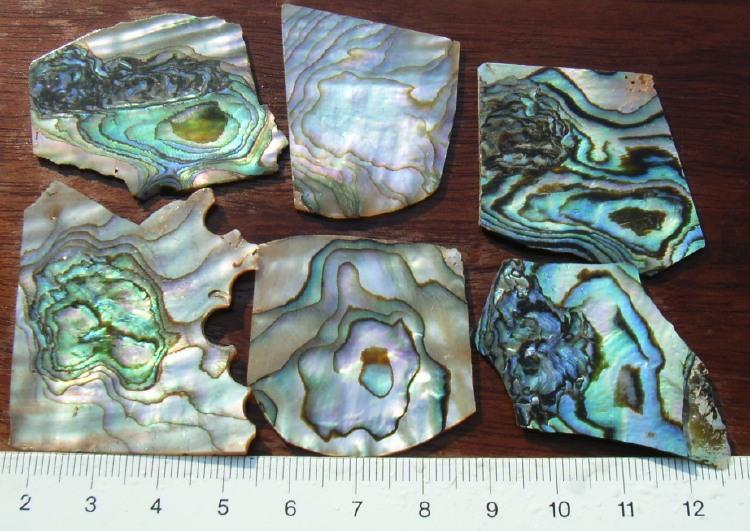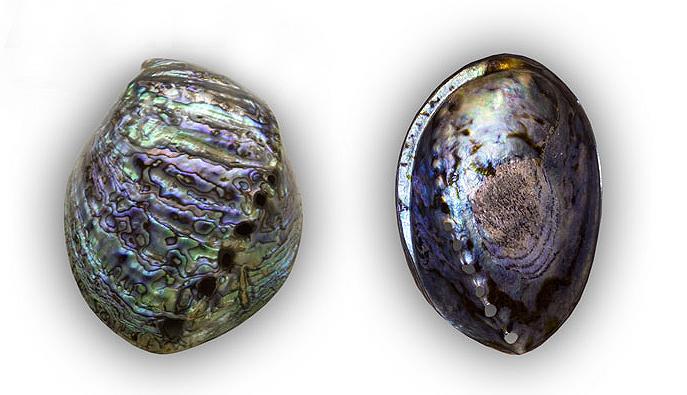Shipping country
Wood Species
Information on Mother-of-Pearl
Mother-of-pearl, precious 'stone' from the sea
For thousands of years, people have been attracted to the iridescent shine and natural beauty of mother-of-pearl in all its tremendous diversity. For just as long, this natural material has been sought by people of all marine cultures, processed into jewellery and tools and even used as a means of payment.
Derived as the mother of pearls from the Middle High German Berlinmuoter, the shiny inner layer of the various shells was called mother-of-pearl. If foreign bodies were trapped, the shells covered the shells with a mother-of-pearl layer and thus deprived them of their injury potential: this is the hour of birth of a pearl. In the English language it is still called today: Mother of pearl.
The bowls of the pearl oysters, which were also ground and polished on the outside, were a common means of payment in the Polynesian island world. A better known currency to Europeans were mother-of-pearl chips in European casinos until the end of the 19th century. Because of its iridescent optical effect, mother-of-pearl has been used for jewellery making since time immemorial. Today, mother-of-pearl is still widely used in the manufacture of high-quality musical instruments, and thin plates of mother-of-pearl are also used for inlays on furniture and inlays. And of course a stylish shirt still has buttons made of real mother-of-pearl today!
The following overview should inform you about the different species and varieties and make you a little aware of the huge range of these marine creatures that were so common in human culture and still are..
Mother-of-pearl from sea mussels:
Makassar mother-of-pearl
Makassar mother-of-pearl (Pinctada maxima), also known as White Lip, is probably the best known white mother-of-pearl from the 20 to 30 cm in diameter large mussels of the silver or gold lip pearl mussels. The colour can vary from the coveted white to silver white, light yellow to light green and golden. These mussels are found in the waters north and west of Australia.
Tahitian mother-of-pearl
Yellow Lip, Manila mother-of-pearl
Yellow Lip, also called Manila mother-of-pearl (Pinctada maxima) comes from the golden lipped mussel and is found in the waters of the Philippines. It is the same species as the white mother-of-pearl shell, which develops a yellow play of colour under different living conditions.
Abalone (Haliotis spp.)
Abalone (Haliotis spp.) comes from a large group of marine gastropods, which are also called sea ears because of their shell shape, but which are not shells in the true sense. Like snails, they have only one single shell as protective housing and are to be found in almost all seas of the world: from Australia (Muttonfish), North America and Mexico (Abalone) over New Zealand (Paua) as far as to Japan (Awabi), the spread-area of these most beautiful of all mother-of-pearl-suppliers is enough. Numerous colours from silvery white, pink, red, green and blue to grey are typical local and variety differences. The green and blue iridescent colours of the Abalones are undoubtedly the most beautiful and coveted. A particularly appreciated beauty is the mother spot of Abalones, the wildly grained spot - mostly called in the middle of the shell - where the muscle of the snail grows together with the shell and from which the mother-of-pearl is secreted.



